What do indoor Carbon Dioxide (CO₂) levels say?
CO₂ is commonly measured in PPM (Parts Per Million). ASHRAE (The American Society of Heating, Refrigerating and Air-Conditioning Engineers) recommended that carbon dioxide levels indoors should be maintained below 1000 ppm.
Good – 300-600
Moderate – 601-800
Poor – 801-1000
Unhealthy – 1001-1200
Severe – 1201-1500
Hazardous – Above 1051
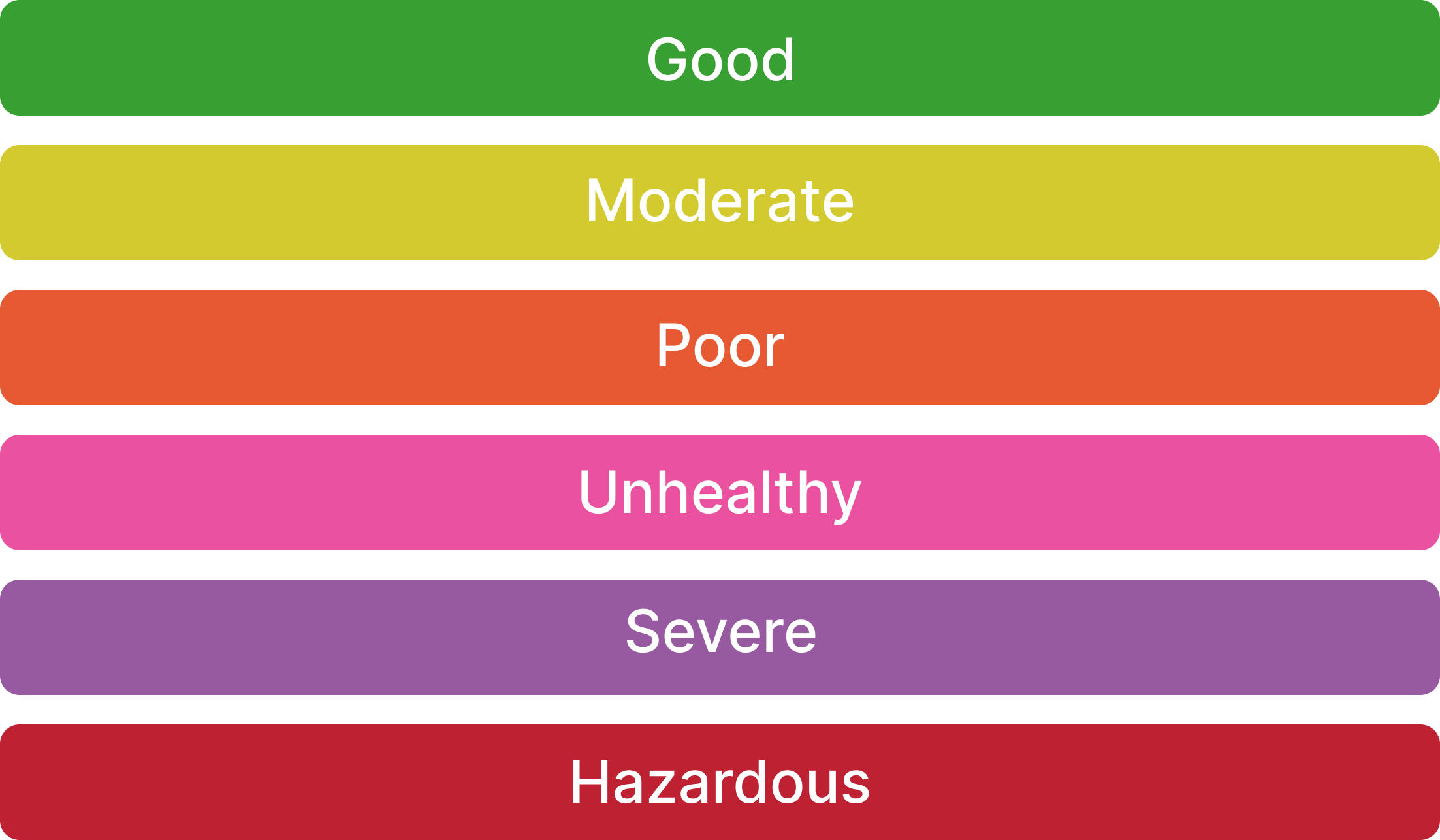
Where does Carbon Dioxide (CO2) come from indoors?
The main source of CO₂ indoors is respiration. Because as we inhale oxygen and release CO₂. In the modern age, homes are becoming more airtight, ventilation does not happen that frequently and fresh air cannot enter indoors. Many ventilation systems that are used nowadays recirculate the air indoors rather than bringing less CO₂ contaminated air from outdoors. As a result, the same air is recirculating and recirculating. Hence, this increases the carbon dioxide contamination indoors.
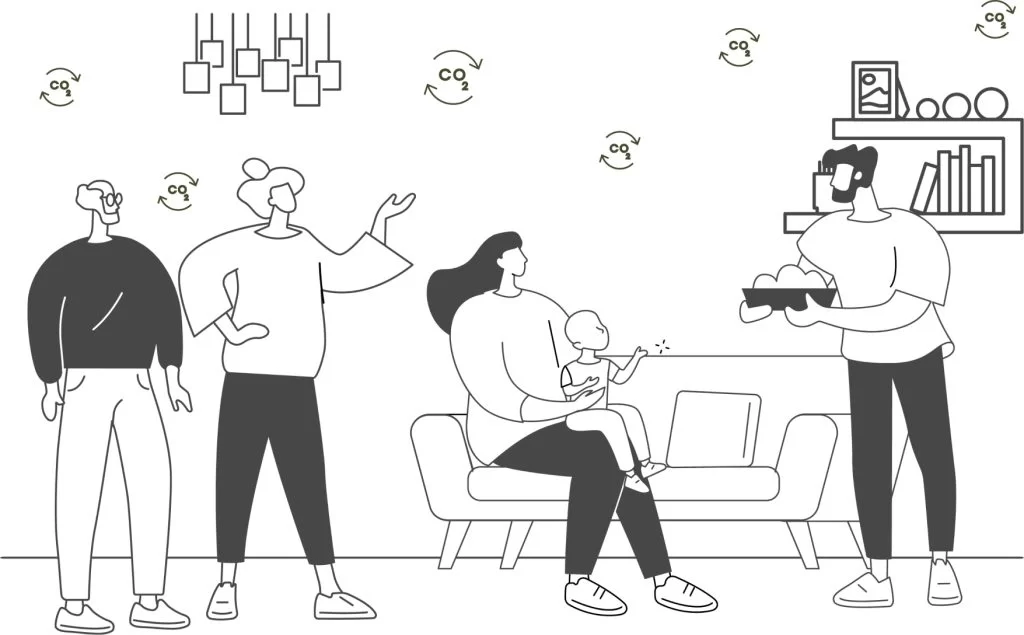
Health Effects
High levels of CO₂ are responsible for

1. Lower productivity
High CO₂ affects concentration and attention and in turn productivity.
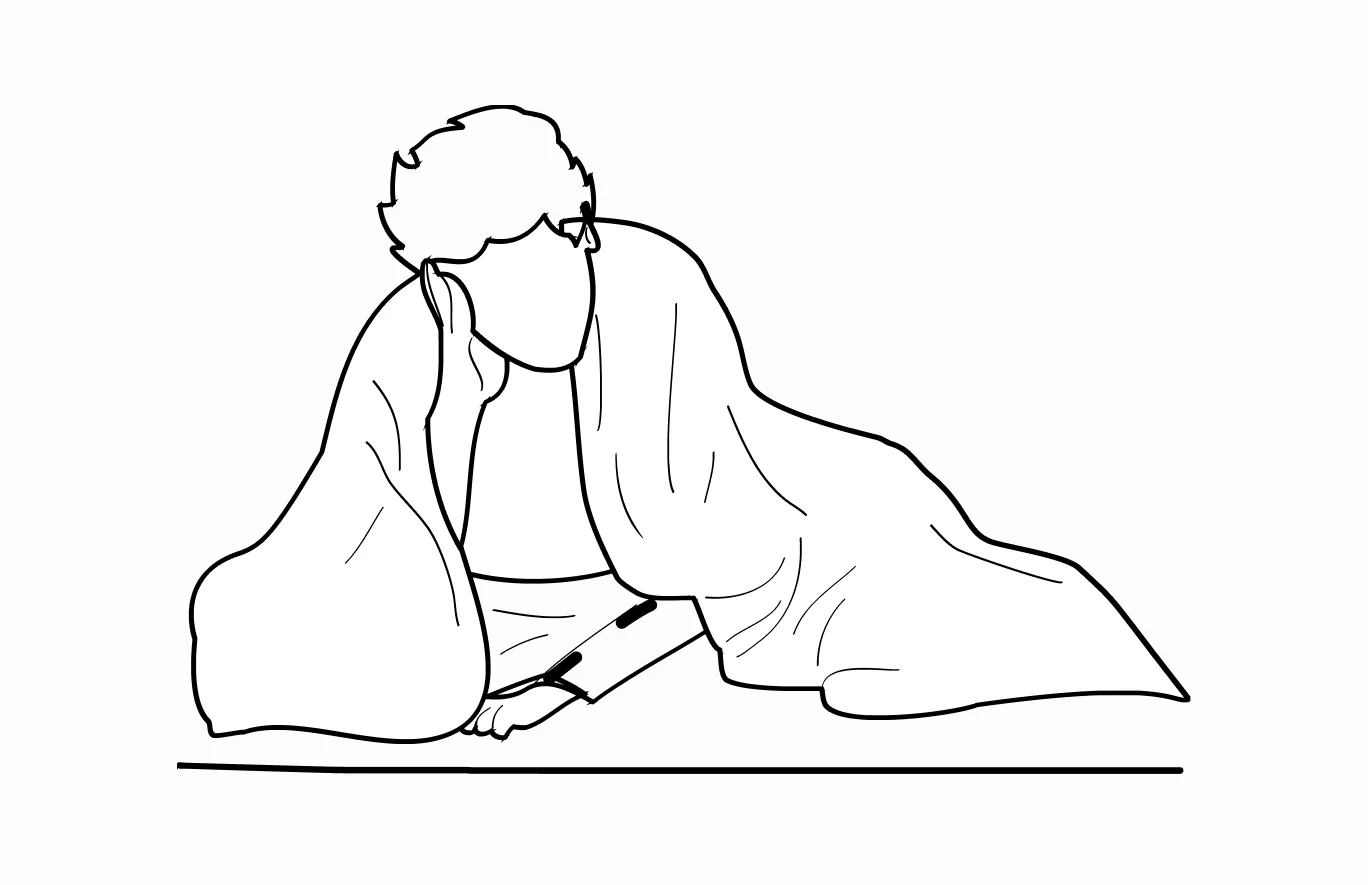
2. Disturbed sleep
When limits exceed, one can have difficulty in their sleeping patterns as well.
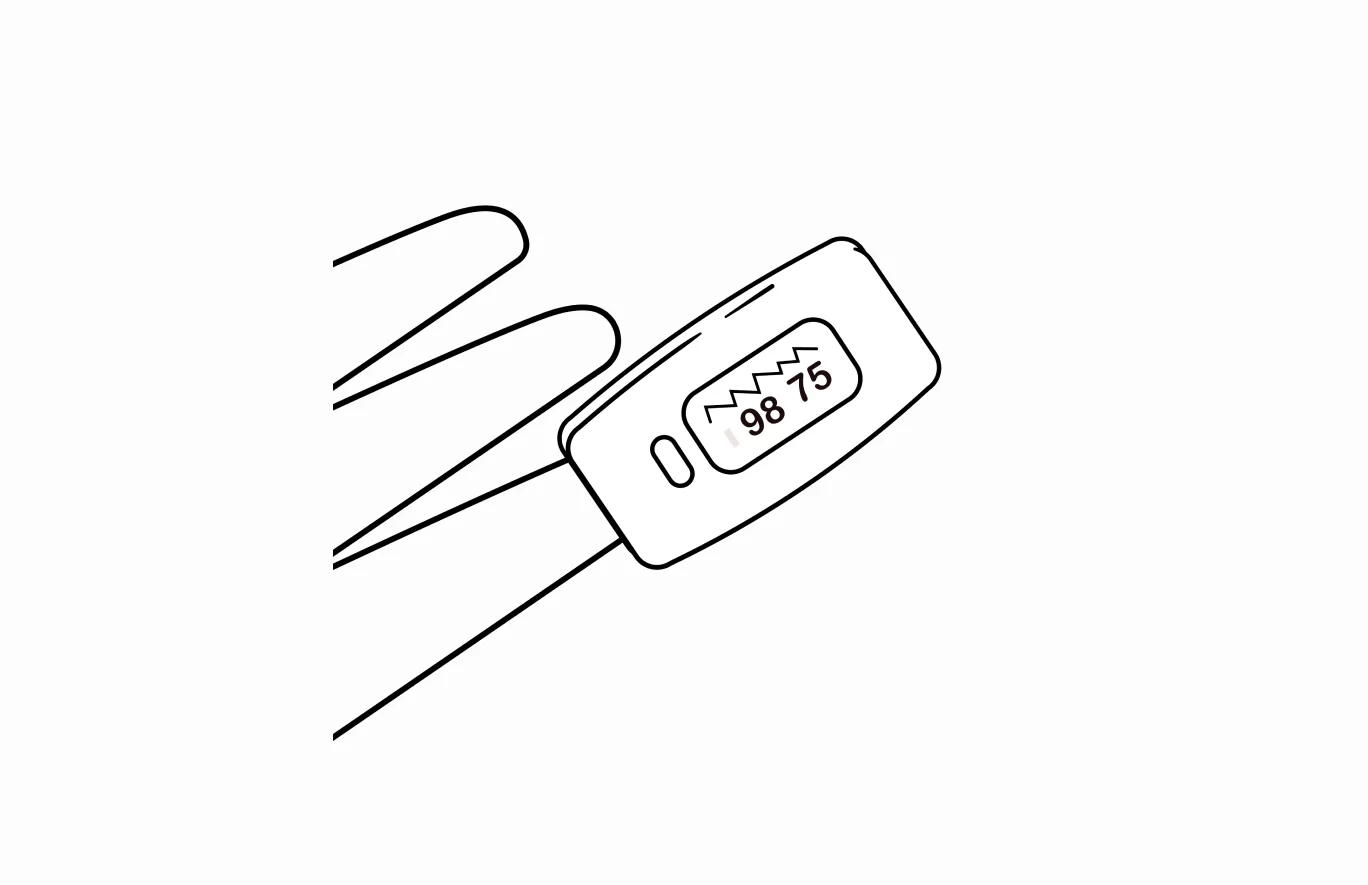
3. Increased blood pressure & heart rate
High CO₂ levels can trigger high BP problems due to the vasodilating effect.

4. Headache
CO₂ levels highly influence cerebral blood flow, which can cause headache problems.
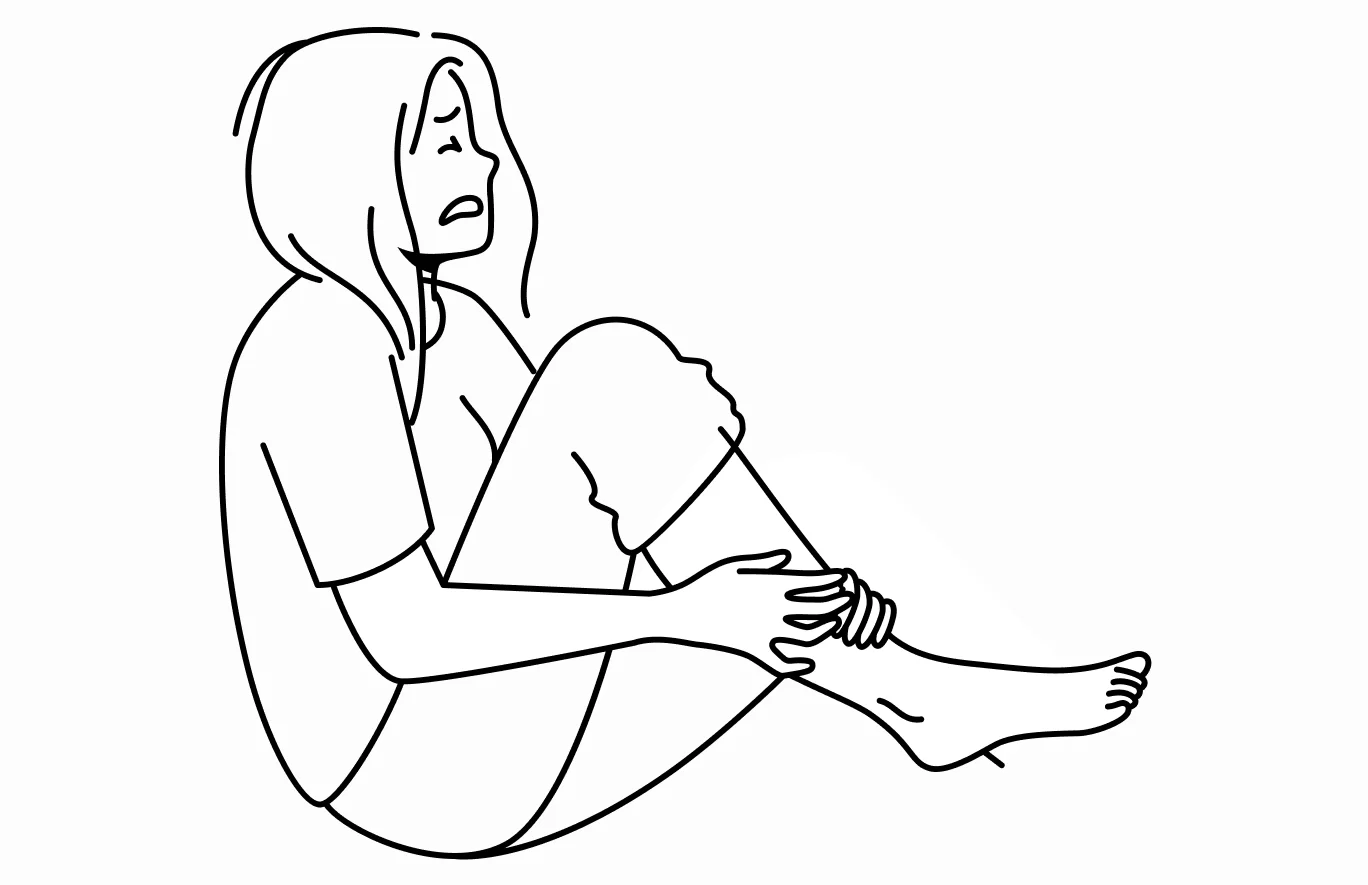
5. Restlessness
Disorders such as hypercapnia can happen when CO₂ levels are high.

6. Dizziness
At high levels, CO₂ is known to cause dizziness, vertigo, and other symptoms.
How to achieve the ideal Carbon Dioxide (CO2) levels indoors?
10 tips to reduce carbon dioxide levels indoors:

1. Ventilation
Makes it easy for the flow of air. Besides, it is the easiest and most economical way of reducing CO₂.

2. Filtration
Air filters with activated carbon filters will help reduce the CO₂ concentration indoors.

3. Plants
Indoor plants such as Snake Plant, Aloe vera, and money plant are known as the natural air filters.

4. Decreasing
The number of people in a room also helps in reducing CO₂ concentrations.
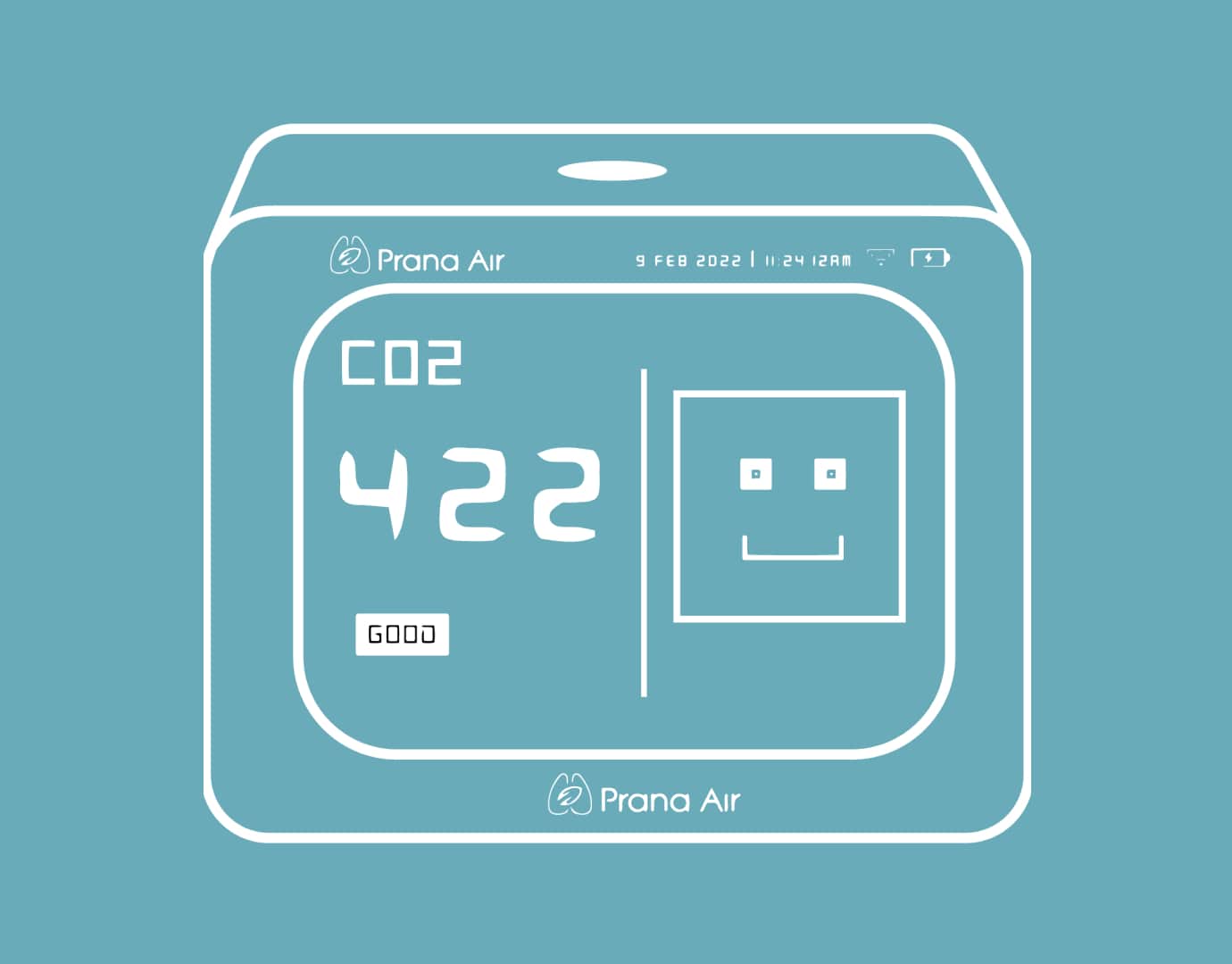
5. Use an air quality monitor
This will help in tracking and keeping a check on the CO₂ levels indoors.
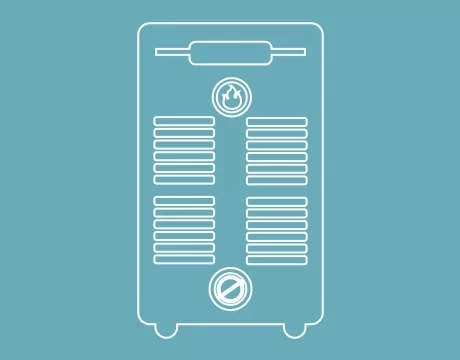
6. Control CO2 emissions
The usage of gas-powered heaters, coal burning, etc. must be controlled.

7. Avoid smoking
Indoors as smoking contributes to the overall CO₂ concentrations indoors.

8. Air purification
It does not help in reducing the CO₂ levels but filtered air is better than unfiltered air.

9. Open flames
Must be limited as CO₂ is the primary pollutant emitted by an open fire, such as fireplaces.
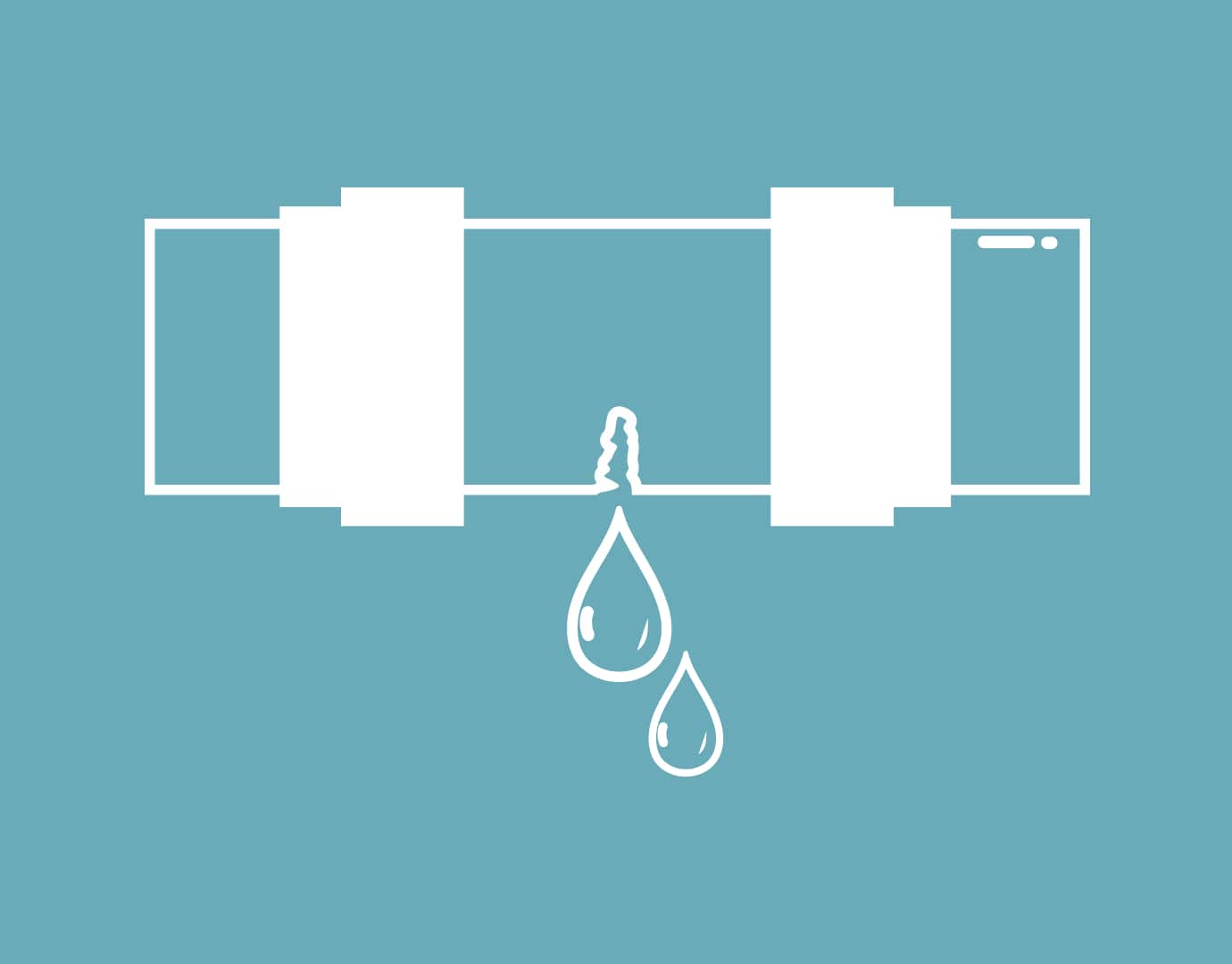
10. Keep a check on fuel leaks
CO₂ is released when fuels are burned improperly.

